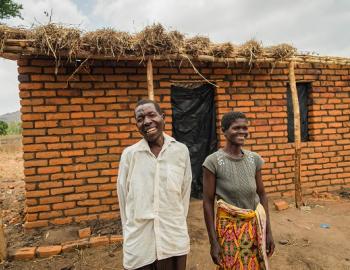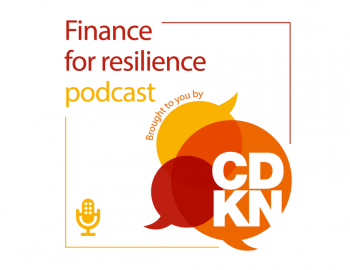ESSENTIAL: Risk-related resettlement and relocation in urban areas
ESSENTIAL: Risk-related resettlement and relocation in urban areas
This CDKN Essentials summarises recommendations on the appropriateness of, and best practices for, urban resettlement and relocation as a response to disaster risk.
In cities worldwide, inequalities are high. Low-income populations suffer disproportionately the impacts of climatic and other hazard events, as well as being exposed to everyday health and human security risks. Within these populations, women, the elderly, disabled people and those belonging to particular ethnic or social groups may be especially vulnerable.
As one way of addressing disaster risk, national and local governments, often supported by international funding agencies, engage in resettlement and relocation. This can be preventative, or occur after a disaster. While this reduces people’s exposure to hazards, it can lead to other problems, which can leave people more vulnerable or worse off than they were before. We need to understand better the challenges and associated outcomes of such interventions on people and cities.
To reduce disaster risk, the systemic drivers of environmental degradation and inadequate location of human settlements, which contribute to multi- dimensional poverty and inequality, need urgent attention. Resettlement needs to be understood as part of long-term sustainable development, not just as a means for disaster risk reduction.
Key findings
- Resettlement and relocation can reduce people’s exposure to hazards, but in most cases, it leaves people worse off overall in social and economic terms than they were before.
- Planning needs to prevent the location of new settlements in hazard-prone areas, to avoid future need for resettlement.
- Resettlement should always be considered a last resort after all options for on-site mitigation or upgrading have been exhausted. Decision-making authorities may, and often do, understand risks differently from the communities living in environments that they know and understand, and alternative actions to resettlement may be possible.
- Policies and procedures must ensure people’s rights are protected; legal frameworks may need to be strengthened; and international covenants on resettlement must be honoured.
Download the report here: Risk-related resettlement and relocation in urban areas
Image credit: Bodom/Shutterstock



